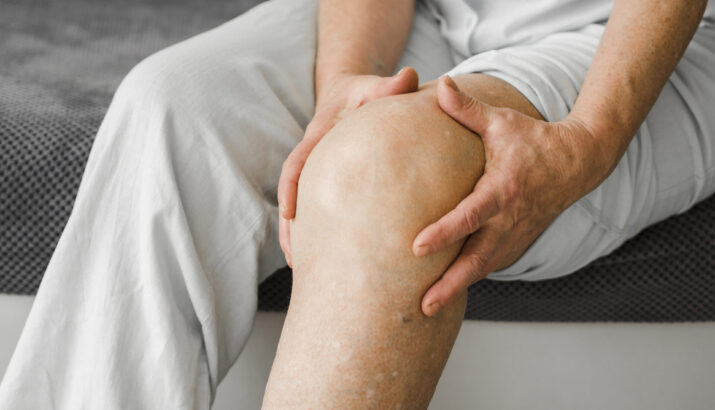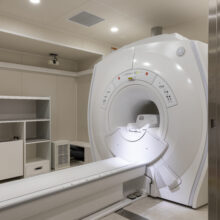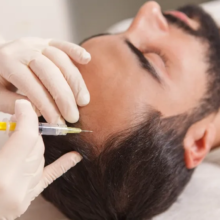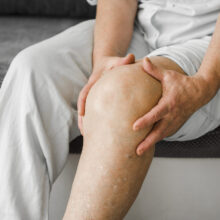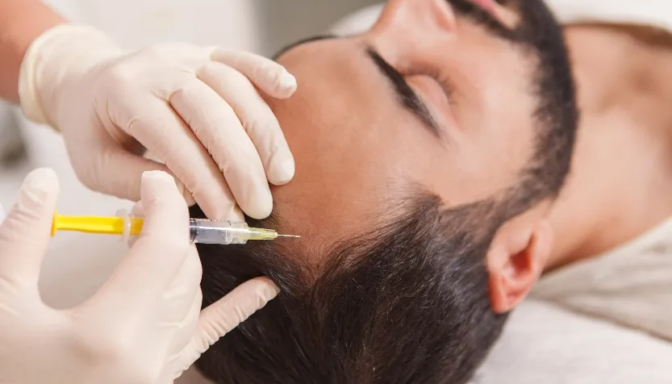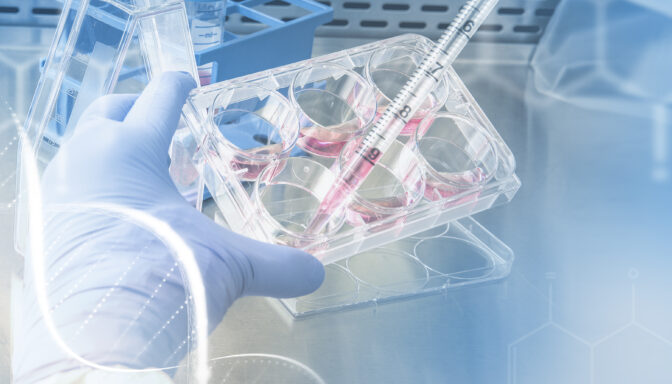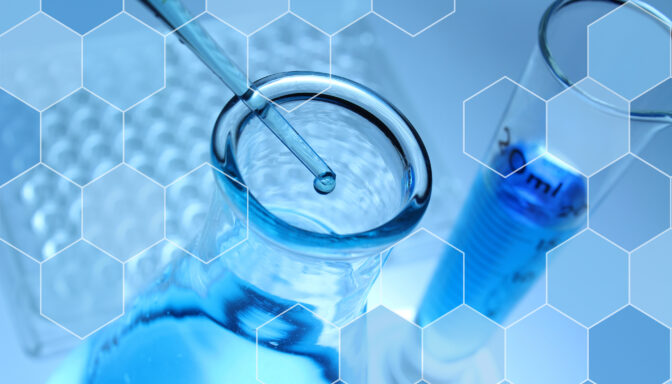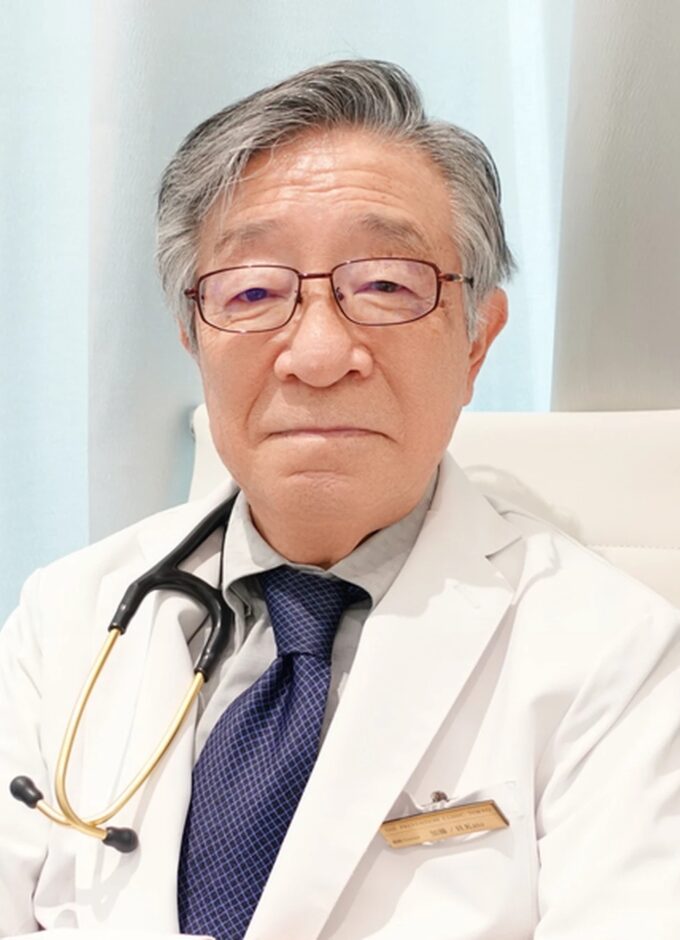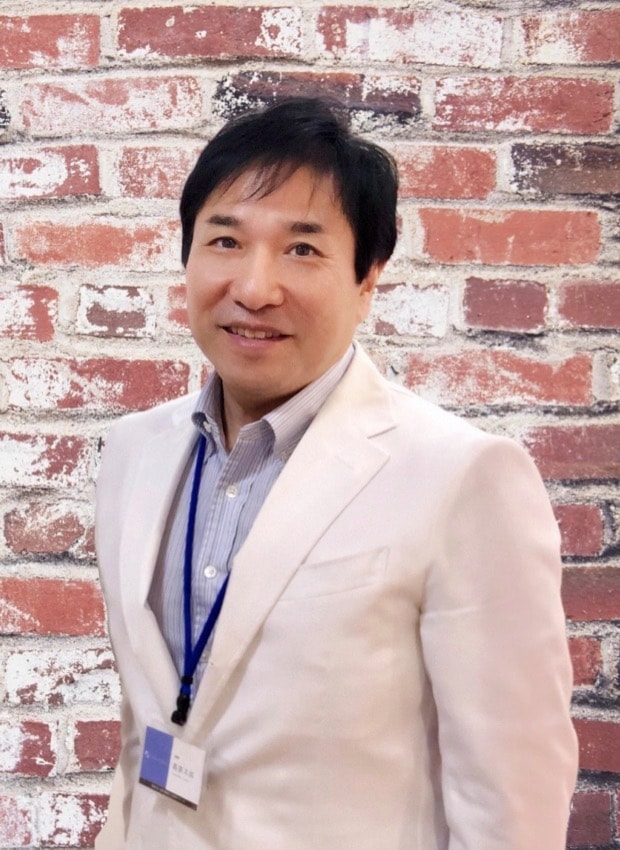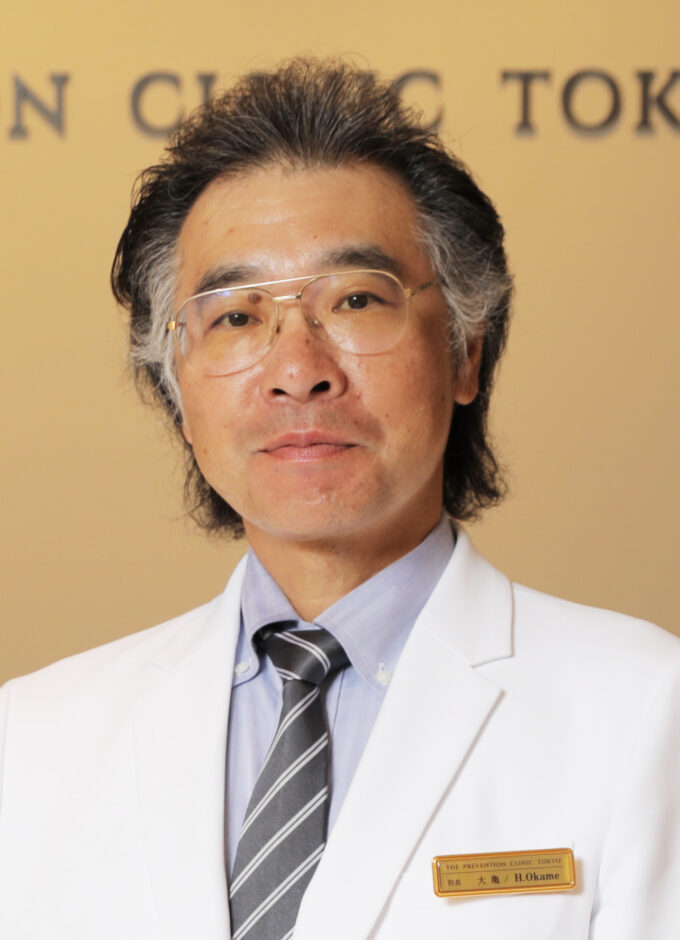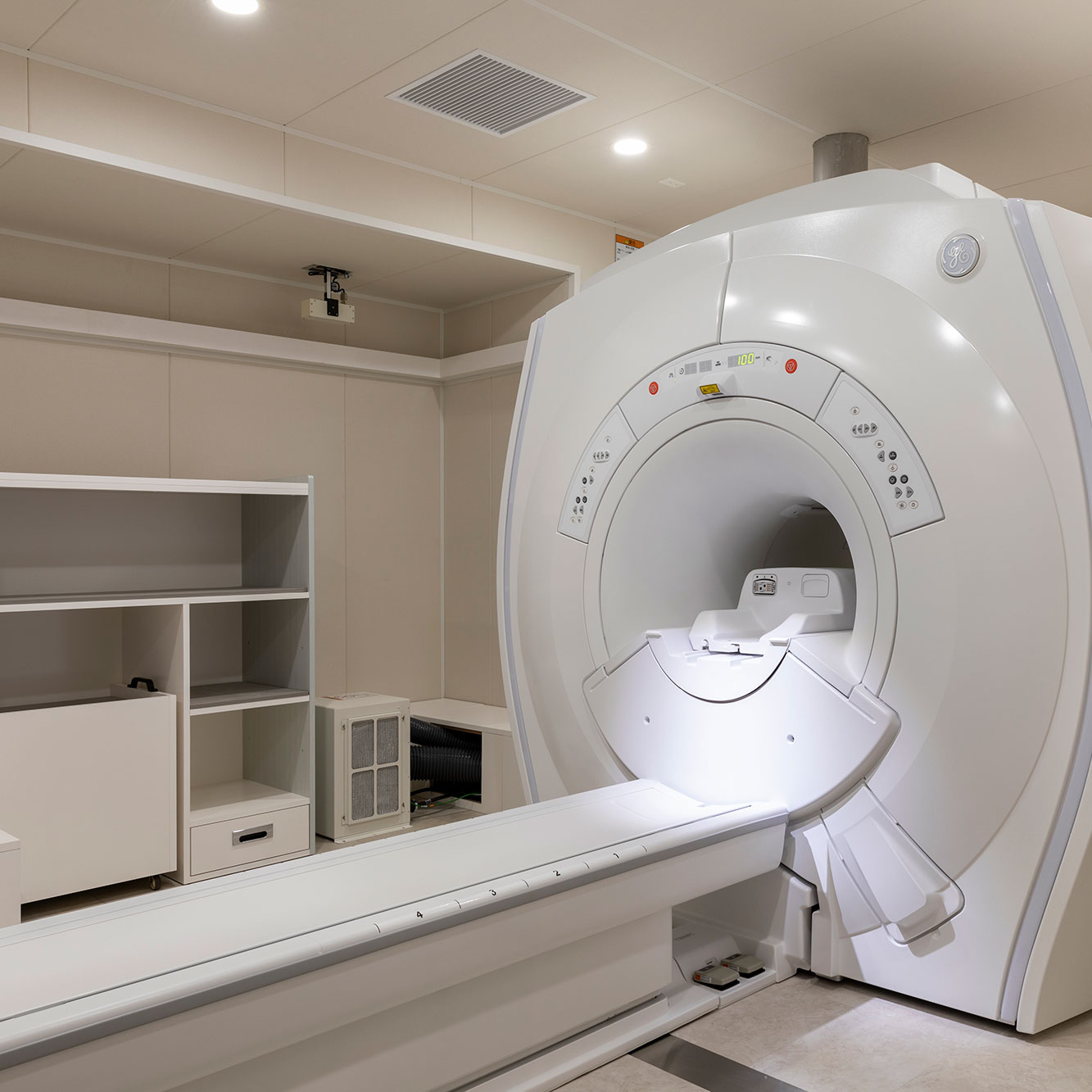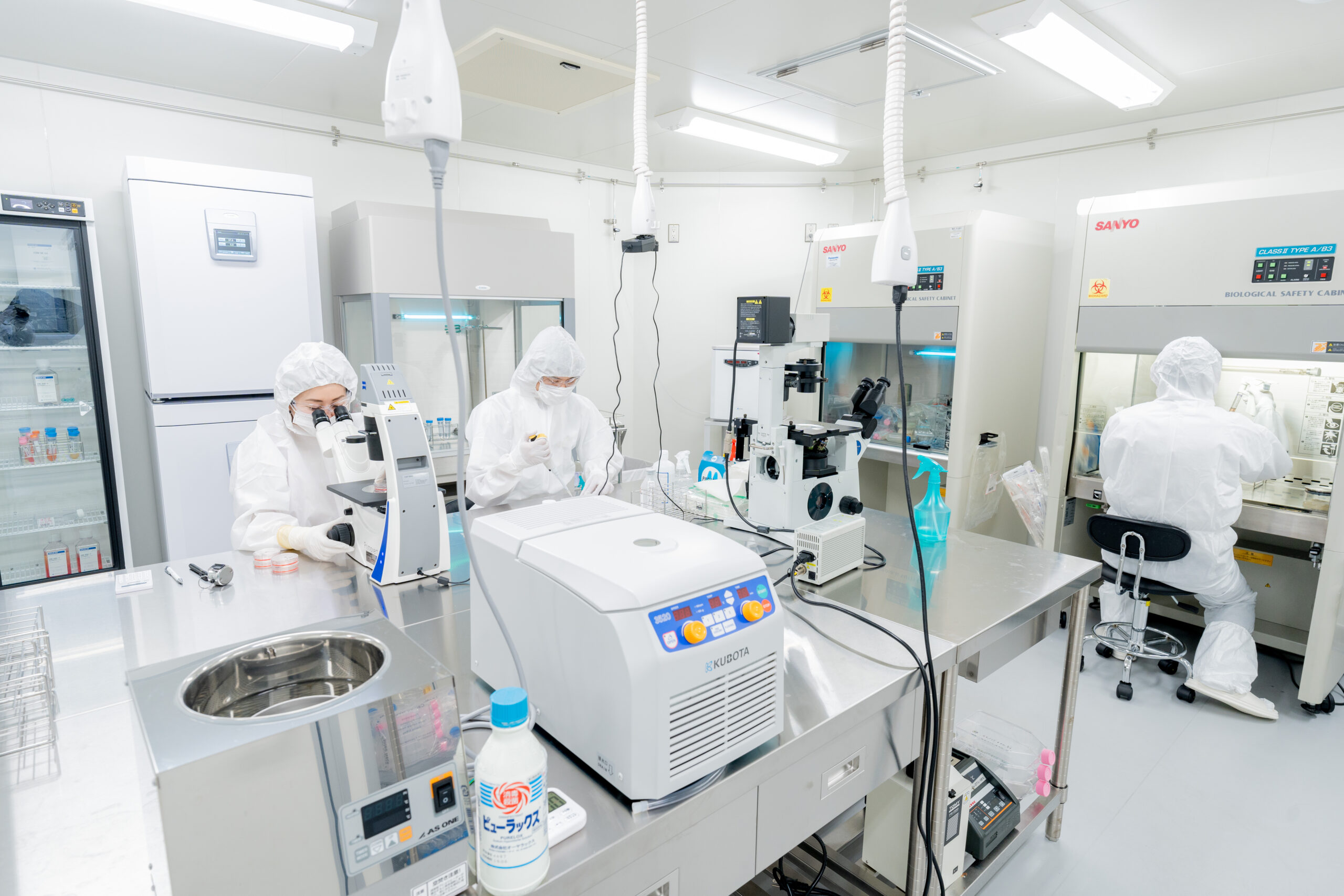Approaching Joint Pain and Tendonitis with Regenerative Medicine
With the rapid development of regenerative medicine, it has become possible to treat joint pain and tendonitis without surgery. A new treatment approach is emerging for people who have resigned themselves to chronic pain due to aging.
Currently, there are 30 million people in Japan suffering from joint pain, but many have given up on complete recovery. Typically, when visiting a hospital, patients are only prescribed pain relief patches without receiving comprehensive treatment. When the pain recurs, it is often dismissed as a result of aging.
In recent years, regenerative medicine for joint pain has become available, making joint pain a treatable condition. Stem cell therapy, which has been used to treat the elbow of a famous Japanese Major League Baseball player, has also gained attention. Therefore, there is no need to give up on joint pain as an inevitable consequence of aging.
The causes of joint pain have also been addressed. While it is commonly believed that joint pain is caused by cartilage wear, cartilage itself does not contain nerves, meaning the cartilage itself cannot feel pain. Instead, the wear of cartilage destabilizes the surrounding tissues, leading to joint instability and causing pain and inflammation.
If inflammation from joint pain persists, the “synovium,” which repairs joints, may overreact and swell. Long-term joint pain often leads patients to avoid movement and rest excessively. However, this can result in stiff ligaments and reduced muscle flexibility, ultimately worsening the pain. This can lead to chronic joint pain.
In its early stages, joint pain may subside with simple treatment. However, if not completely healed, the pain can intensify. For example, if joint pain resolves within a few days without recurrence, it is likely caused by temporary synovial inflammation. However, if the pain persists or recurs, it is highly likely that inflammation is ongoing. In such cases, advanced diagnostic imaging, such as MRI or X-rays, is necessary, and early detection and treatment are crucial. Regenerative medicine can increase the likelihood of recovery, so consult a medical professional promptly if you experience discomfort.
Tendonitis, which presents with similar symptoms, involves inflammation of the tendons that transmit muscle movement. Since ligaments and joints are located close to each other, distinguishing between the two conditions can be difficult, although their treatments are largely similar.
If inflammation occurs around the knee, it may be diagnosed as either tendonitis or joint pain, depending on the specific circumstances. Many tissues are concentrated around the joints, making it common for the condition to be classified as joint pain.
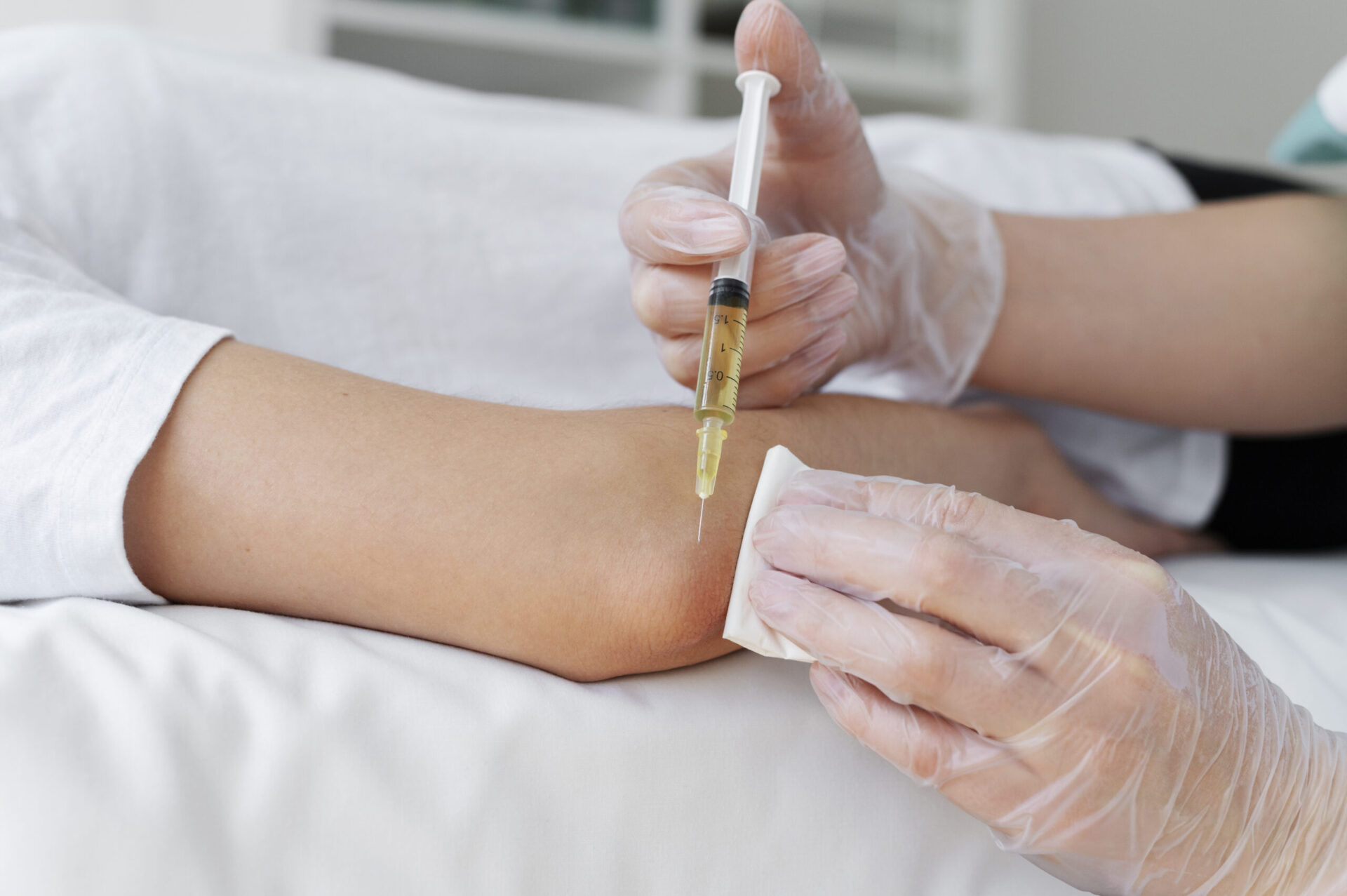
Short-Term Effect of Hyaluronic Acid Injections
Humans have a mechanism called homeostasis, which helps maintain a stable internal condition. In standard joint pain treatments, painkillers and patches are used to alleviate pain, while homeostasis facilitates tissue repair. By reducing pain and incorporating appropriate movements through rehabilitation, the recovery process of muscles and other tissues is promoted.
Rehabilitation includes physical therapy and exercise therapy. “Physical therapy” refers to methods such as ultrasound and electrical stimulation to relieve pain, while “exercise therapy” involves using training to improve the body’s balance and functionality.
Maintaining adequate muscle strength and flexibility is crucial for preventing joint pain. However, individuals with strong muscles may lack flexibility, and those with good flexibility may lack muscle strength. Therefore, working with a physical therapist to achieve a balanced body is essential.
Additionally, “hyaluronic acid injections” are often used as part of joint pain treatment. By supplementing the hyaluronic acid found in joint fluid, these injections help smooth joint movement and reduce pain. However, depending on the severity of the joint pain, the effect may be temporary.
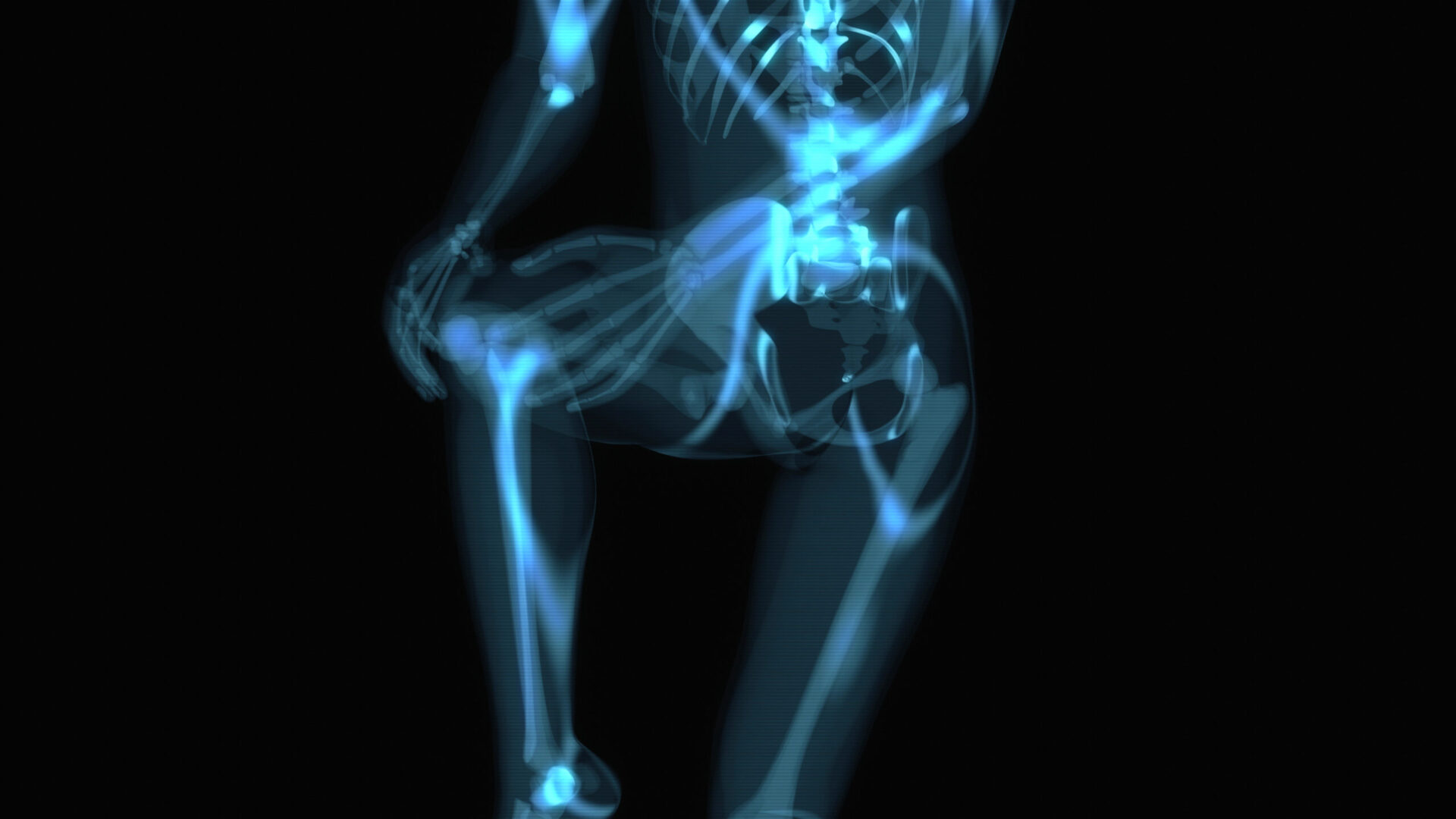
Drawbacks of Artificial Joint Surgery
Artificial joint surgery is commonly performed to treat severe joint pain where cartilage has been almost completely worn away. While artificial joint technology has advanced significantly, there are some drawbacks. For example, if the artificial joint deteriorates, additional surgeries may be required, and each procedure involves removing more bone. Furthermore, patients often remain bedridden for a period after surgery. For elderly individuals, there is a risk of muscle atrophy and rapid weakening due to lack of exercise. Additionally, patients may need to stay away from work or family for extended periods, which can significantly disrupt daily life. For these reasons, many people prefer to avoid such treatments if possible.

Same-Day Regenerative Medicine Adopted by Famous MLB Players
Regenerative medicine includes a method called PRP therapy (Platelet-Rich Plasma therapy) in addition to stem cell therapy. PRP, also known as platelet-rich plasma, is rich in nutrients that promote the growth of new tissues and cells. This therapy involves extracting PRP from the patient’s own blood and injecting it into the affected area, which attracts stem cells, reduces inflammation, and promotes tissue repair. PRP therapy is highly safe and can be performed on a same-day outpatient basis. Its quick response to injuries makes it widely used for athletes.
For instance, a famous Japanese MLB player reportedly underwent a combination of PRP therapy and stem cell therapy. PRP therapy has the effect of attracting stem cells, and when combined with stem cell therapy, it is expected to provide even more effective results. Additionally, a method called extracorporeal shock wave therapy is available. Originally used for breaking kidney stones, this method activates cellular tissues by adjusting the output of shock waves applied to the affected area. Reports indicate that patients with synovitis in the knee experienced reduced swelling and pain relief just minutes after receiving this treatment.
Stem Cell Therapy Available for Same-Day Treatment
Stem cell therapy is a groundbreaking treatment, but it has the disadvantage of requiring time for cell extraction and culturing. However, it is now understood that using stem cells from others poses no technical or safety issues. Unfortunately, due to legal restrictions, the use of another person’s stem cells outside of research purposes is rarely permitted.
If laws are revised, treatments using stem cells from others could become available, increasing treatment speed and reducing costs. In the future, it may become common to receive stem cell therapy as a quick response to joint issues.
Even if joint pain is treated through stem cell therapy, it can recur due to poor lifestyle habits such as lack of exercise or poor nutrition. For instance, imbalanced body posture can put strain on the hips and knees during walking. To address these issues, seeking advice from professional trainers or physical therapists to learn correct posture and exercise methods is important. Since it is difficult to objectively evaluate one’s posture or walking style, expert guidance can be beneficial.

Simple Shoulder Rotations to Prevent Joint Pain
Engaging in regular exercise is essential for maintaining health, but many business professionals find it difficult to make time for exercise during the workweek. However, incorporating simple movements into your workday can activate joint movement and help prevent joint pain.
For example, standing up every 20 minutes or placing both hands on your shoulders and rotating your elbows can be effective. Walking during your commute or around the office is also an excellent form of aerobic exercise. Opting for stairs instead of escalators or walking an extra station on your way home can help promote active movement. Using a foam roller at home and lying on it while stretching can also open up your chest cavity and normalize the curve of your spine, making it an effective pre-sleep stretch.
On the other hand, those who regularly exercise may injure their joints by overloading them. While it may feel effective to push oneself during training, it is crucial to perform exercises with proper form and appropriate intensity. Seeking guidance from professionals can help you adopt effective training methods.
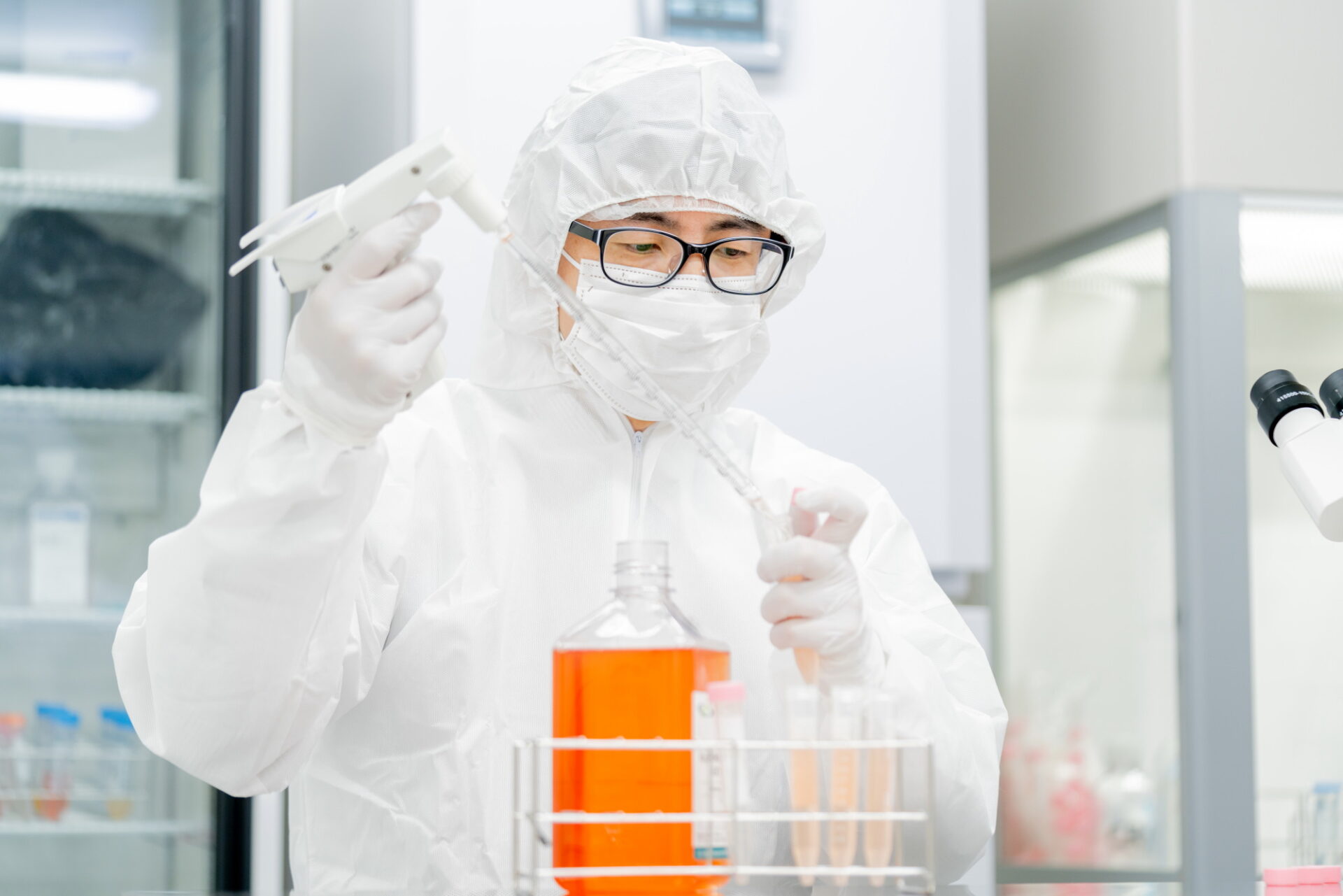
Regenerative Medicine: An Ideal Treatment Without Surgery
Individuals with obesity are more likely to experience joint pain due to the increased strain on their joints. However, instead of simply reducing food intake to lose weight, maintaining adequate muscle mass is equally important. A lack of muscle strength can weaken joint stability, putting additional strain on the joints.
Balancing a healthy diet with appropriate training is essential, particularly focusing on protein and amino acids. For instance, chicken breast and soy products are rich in protein and amino acids, making them great dietary options. If still insufficient, readily available protein supplements can also be helpful.
Even conditions once considered untreatable can now be addressed using regenerative medicine. At BioStyle Clinic, local injections of cultured stem cell supernatant are administered to joints such as the knees, making effective treatment possible without surgery. However, treatment alone is not enough; lifestyle adjustments are also essential. Incorporating the perspectives of physical therapists or other professionals can help establish proper eating habits and physical activity. Even with limited time, simple stretches that can be performed at home or in the office can help prevent joint pain and tendonitis.


